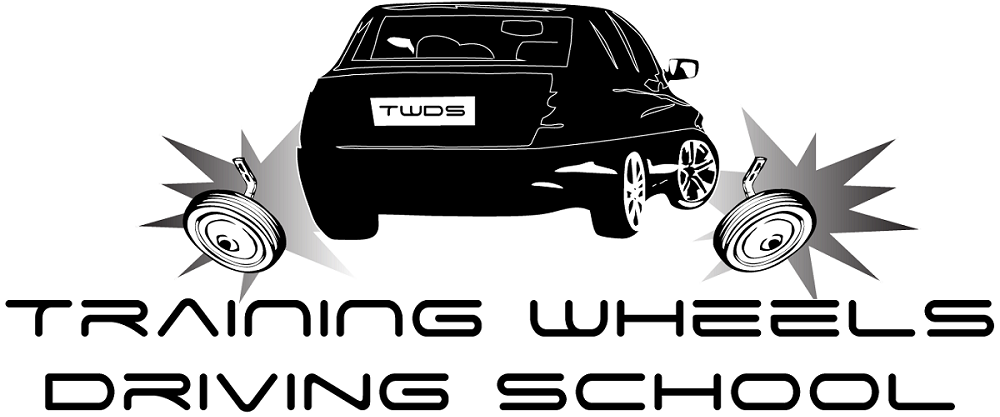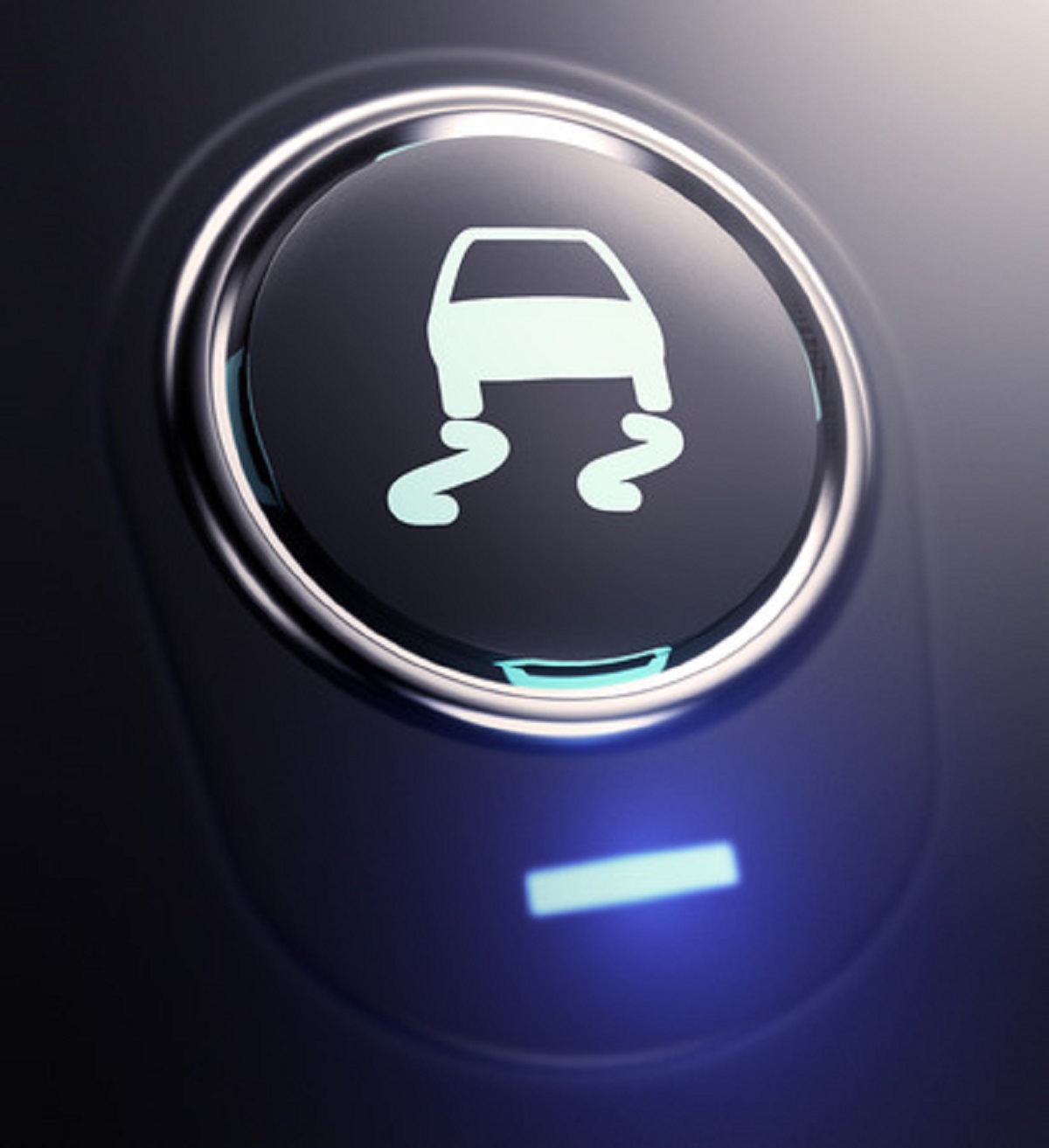Most modern vehicles have a traction control feature. This feature helps vehicles gain traction while driving on low friction road surfaces. Traction control operates using sensors also used in the ABS system, which works when you’re trying to stop the vehicle while traction control works when you’re trying to accelerate. On slippery roads, tires may spin due to lack of traction. If you have this feature turned on, traction control begins to slow your tire speed. This should help the vehicle move forward and keep you from sliding all over the road.
How Traction Control Works
As stated previously, the same sensors used for traction control are operated by the car’s ABS system. Again, the wheel speed sensors determine if one or more wheels have lost traction. If the sensors recognize a wheel turning faster than the others, it uses the ABS system to slow it down. This helps drivers quickly regain control. You may feel the pedals pulsating during the process.
When to Use Traction Control
If you’re stuck and you need your wheels to spin, turn off the traction control feature. If you are stuck in something like a deep snowbank, spinning wheels only make matters worse. During the winter, it does not hurt to leave traction control on. If you suddenly hit a patch of ice, this helps you maintain control of the vehicle. This also helps for rainy seasons. Even if you’re driving at a slower speed and keeping a fair amount of distance between yourself and other vehicles, it wouldn’t hurt to have extra stability.
Where it’s Located
The control switch is usually located near the steering wheel. To turn it on, just hold the button until you see the notification on your dashboard. The button should have an illustration of a vehicle with curvy lines underneath it.
What to do Without Traction Control
If you have an older vehicle or have trouble with your stability feature, there are a few alternatives to traction control. Travel slowly on slippery roads or surfaces with less traction. Avoid tailgating and try to keep a fair distance between yourself and other vehicles. If you give yourself enough time, you can come to a stop smoother than you would at a faster speed. Keep an eye out for patches of ice during the winter if you can. Also, try to keep commutes to shorter distances and never leave on cruise control.
Think you or someone you know is in need of Behind the Wheel Training? Training Wheels is a Longport driving school specializing in teaching new teen drivers how to stay safe on the road. For more information on our lessons, please click here.
Copyright: lucadp / 123RF Stock Photo

